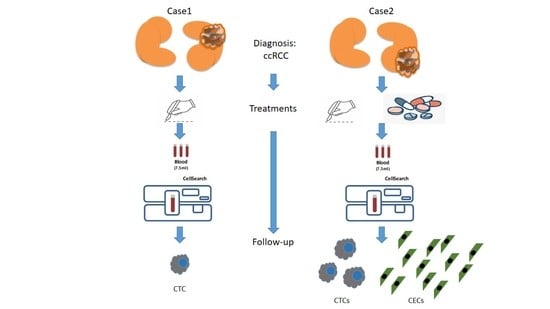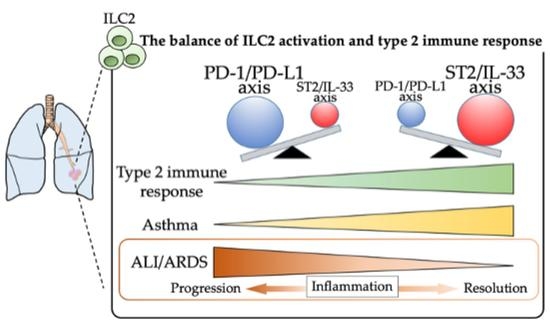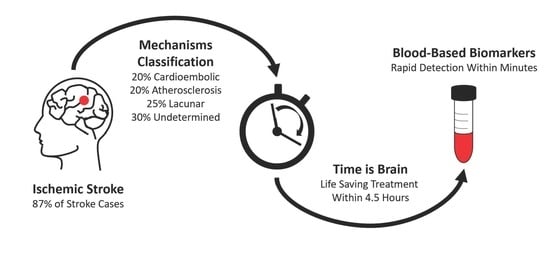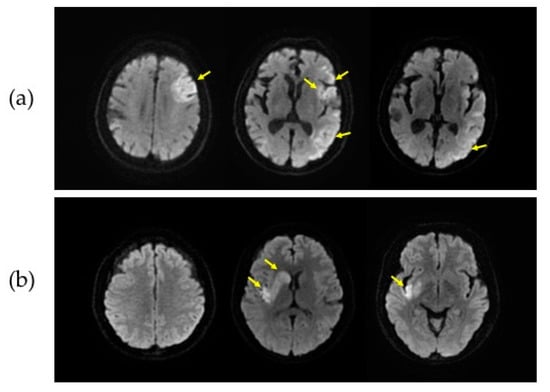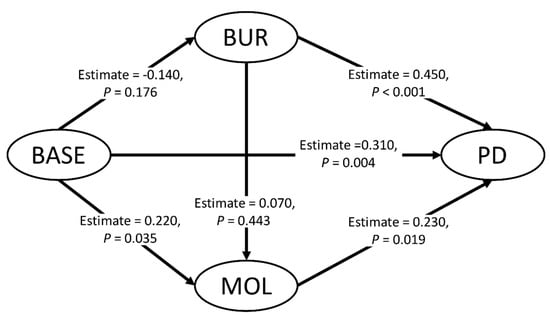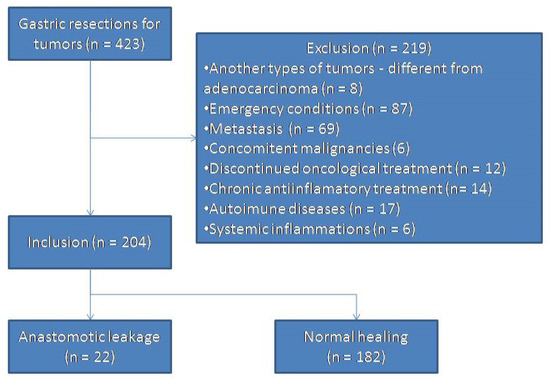Diagnostics 2020, 10(10), 811; https://doi.org/10.3390/diagnostics10100811 - 13 Oct 2020
Cited by 1 | Viewed by 2227
Abstract
Aims and objectives: In order to evaluate the responses of hepatic lesions to treatment in terms of tissue stiffness and heterogeneity, this work investigated the robustness of 2D shear-wave elastography (2D SWE) stiffness measurements and texture analyses in vitro and in vivo in
[...] Read more.
Aims and objectives: In order to evaluate the responses of hepatic lesions to treatment in terms of tissue stiffness and heterogeneity, this work investigated the robustness of 2D shear-wave elastography (2D SWE) stiffness measurements and texture analyses in vitro and in vivo in terms of repeatability and variability. Methods and materials: A multioperator (n = 5) study was performed with an ultrasonic elastography device on two sets of phantoms. For the first set of phantoms, 10 measurements for each of the eight inclusions were performed by each observer, whereas the second set of phantoms was used to evaluate the influence of depth on the stiffness measurements. Variability of the stiffness measurements was evaluated in vivo on 10 healthy livers, with 10 measurements for each hepatic segment. Texture analyses were performed in B-mode, obtaining elastography images for every hepatic segment. Results: Stiffness measurements were influenced by depth, particularly when exceeding 7 cm. In vivo measurements demonstrated that measurements of segments I, VII, and VIII were less reliable, mainly due to their deeper locations. The protocols used were more flexible in terms of acquisition setup and probe placement than those currently used with Fibroscan®. For texture analysis on the B-mode images, 12 features showed low variability regardless of the evaluated hepatic segment. On elastogram, only two features showed low variability, but not in every segment. Conclusion: We demonstrated the robustness of two methodologies for the quantification of liver stiffness and heterogeneity. Further clinical studies should evaluate whether these techniques can assess tumor responses to treatment and, therefore, have the potential to be used as imaging biomarkers.
Full article
(This article belongs to the Section Medical Imaging and Theranostics)
►
Show Figures

